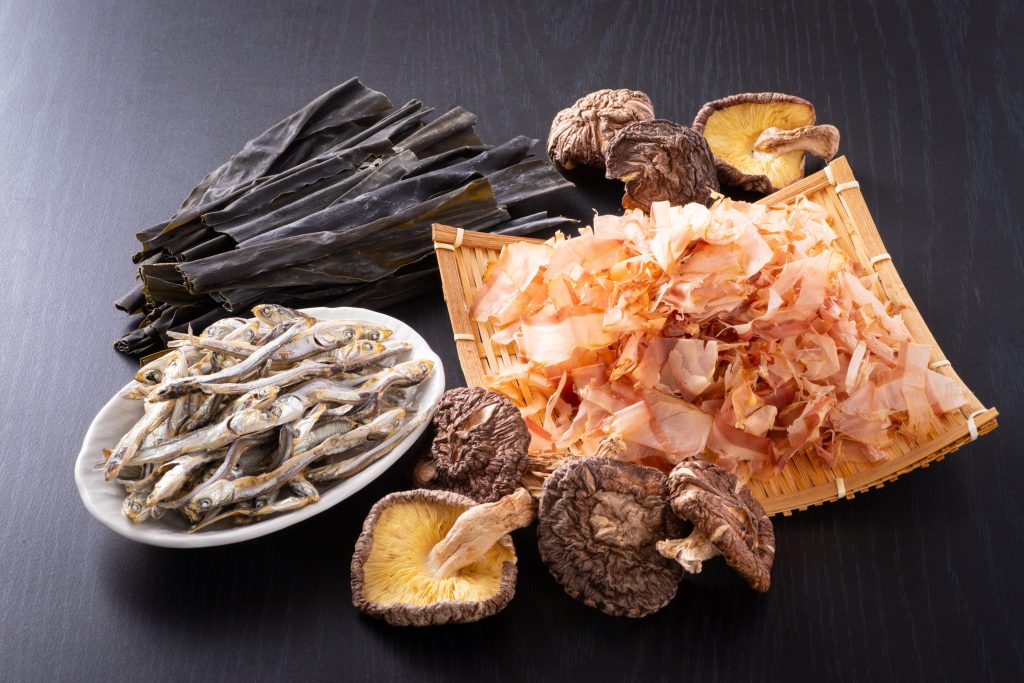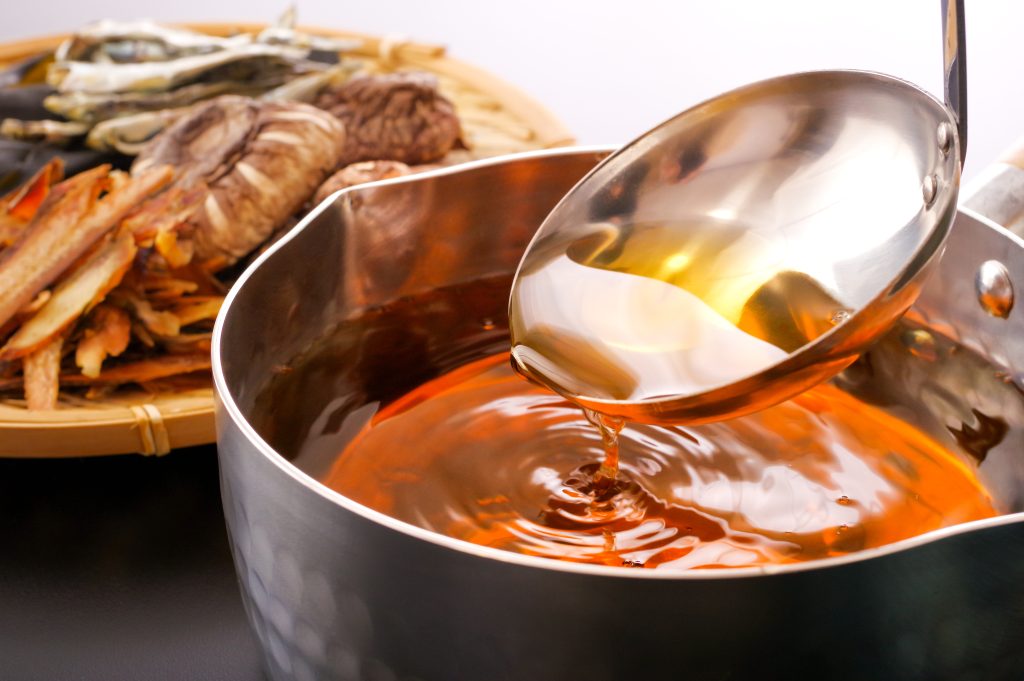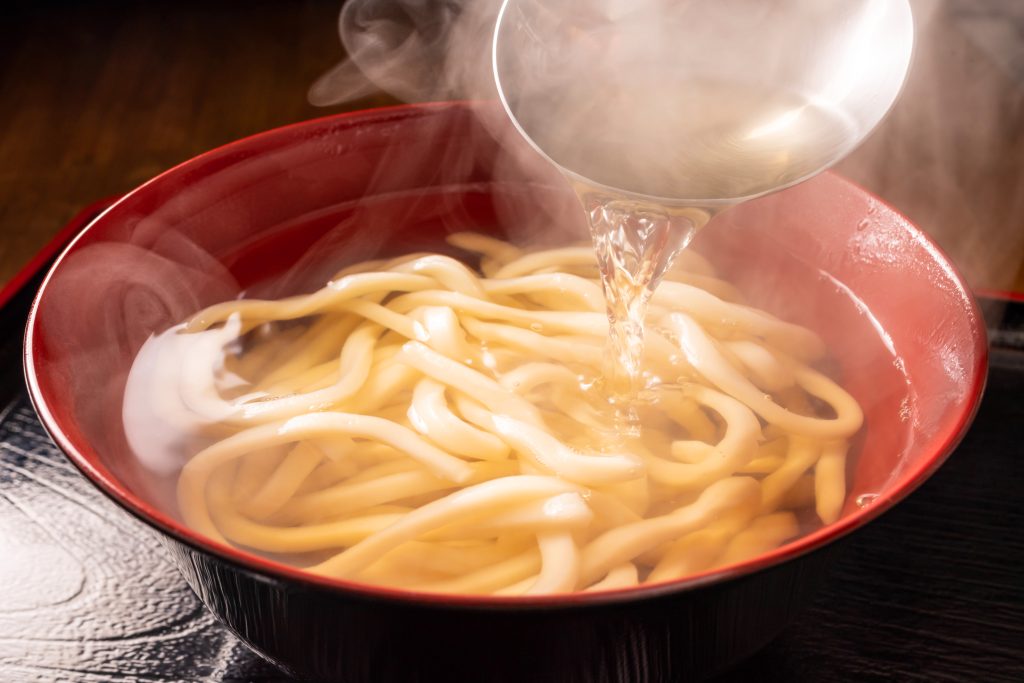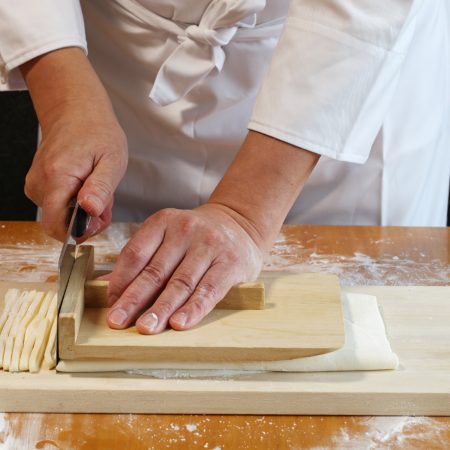About udon dashi broth, which is the essence of Japan’s Japanese food culture and the diversity of dashi culture.

Japanese food has been registered as a UNESCO Intangible Cultural Heritage.
Among them, “dashi broth culture” is the first “UMAMI” culture introduced by Japan to the world. Umami” is recognized today as one of the five tastes that humans possess, along with “saltiness, sweetness, sourness, and bitterness.
The “umami” of udon soup stock can be clearly understood in the “udon culture,” which is the culinary heritage of many parts of Japan.
The “glutamic acid” in kelp dashi, “inosinic acid” in bonito dashi and iriko dashi, and “guanylic acid” in dried shiitake mushrooms, for example, are all important in understanding “umami.
Today, as people understand the importance of “food education,” the sense of taste to understand “umami” can be learned by learning, but the sense of smell to perceive “umami” cannot be understood unless it is learned in childhood.
Please enjoy udon noodles while understanding the difference between kombu dashi, iriko dashi, abalone dashi, and bonito dashi in the “umami” of dashi, which is a part of Japanese food culture.
When eating udon, be sure to fully savor the “dashi” (soup stock) as well.

Dashi culture is the essence of Japanese food culture in Japan.
Please eat udon while savoring the diversity of udon soup stock in each locality.
Various Japanese Udon “Dashi” soup stock

Kelp Dashi/昆布だし
Used widely throughout Japan. It is also the basic soup stock used as a base for regional udon noodles, etc.
White Dashi/白だし
This is widely used throughout Japan. It is also the basic soup stock used as the base for regional udon and other dishes.
Kansai-style Dashi/関西風だし
Used in the Kansai region, this broth uses light soy sauce and has a strong flavor of fish and kelp. It has a light soy sauce color.
Kanto-style dashi/関東風だし
Used in the Kanto region, this broth uses dark soy sauce with a strong taste of fish and kelp. It looks dark soy sauce-colored.
Ago Dashi (Sago Dashi)/あごだし
Udashi broth traditionally used in Kyushu, especially Nagasaki Prefecture. It is characterized by the use of “ago” (flying fish) broth. The soy sauce used is local, so the taste differs slightly from region to region.
Iriko-Dashi/いりこだし
Iriko dashi broth is used in areas close to the sea, such as Shikoku and Kyushu. Sanuki udon noodles are also often made with iriko dashi. Iriko is dried anchovy. Soy sauce is made from local ingredients, so the taste differs slightly from region to region.


